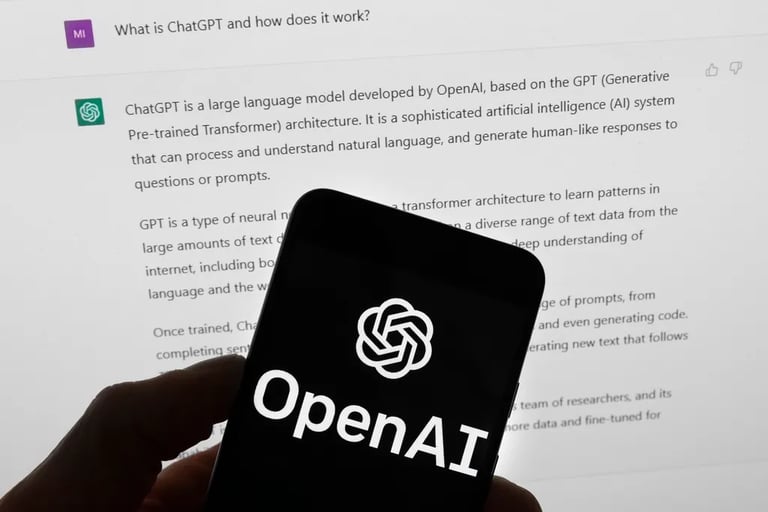AI: A Double-Edged Sword in Cybersecurity—From Enhancing Defenses to Empowering Hackers
September 21, 2024
AI is increasingly being utilized as a defensive tool in cybersecurity, enhancing threat detection and response through advanced pattern recognition and continuous learning.
Despite major tech companies implementing guardrails to prevent AI misuse, bad actors continue to exploit AI for harmful purposes.
Hackers are increasingly using indirect queries and prompt injection techniques to bypass AI safeguards, allowing them to generate malicious content.
The vulnerability of cyber infrastructure was starkly illustrated by a recent CloudStrike outage, which caused widespread disruptions and highlighted the dangers of AI in the hands of malicious actors.
Generative AI has democratized content creation, making it easier for individuals without technical skills to engage in cybercrime.
Monitoring darknet and hacker communities is crucial for staying ahead of emerging threats and developing effective countermeasures.
While embracing the benefits of generative AI is important, it is equally necessary to strategically use AI to mitigate the threats it poses.
Companies such as CloudFlare, Mandiant, and IBM are already leveraging AI to strengthen their cybersecurity efforts.
The increasing prevalence of connected devices, exemplified by tools like the 'Flipper Zero,' further exacerbates vulnerabilities, allowing for hacking of physical systems like traffic lights.
The emergence of amateur hackers, often referred to as 'script kiddies,' poses significant risks as they can utilize sophisticated hacking scripts without needing advanced technical skills.
Alternative chatbots like FraudGPT and WormGPT have been specifically designed for cybercriminals, enabling the creation of phishing emails and the sharing of hacking advice.
AI-driven hacking tools are now being sold on the darknet, enabling novices to execute attacks on various targets, including bank accounts and critical infrastructure.
Summary based on 1 source
Get a daily email with more AI stories
Source

The Hill • Sep 21, 2024
The Hill